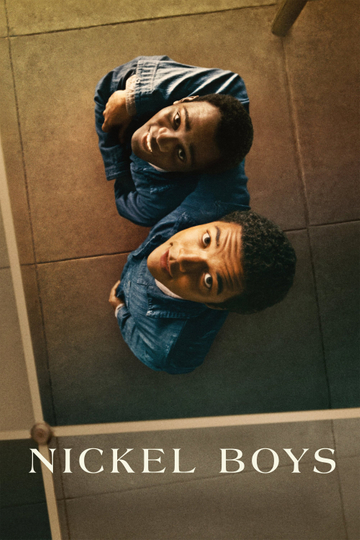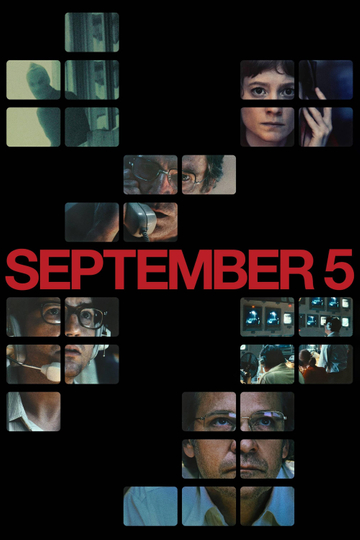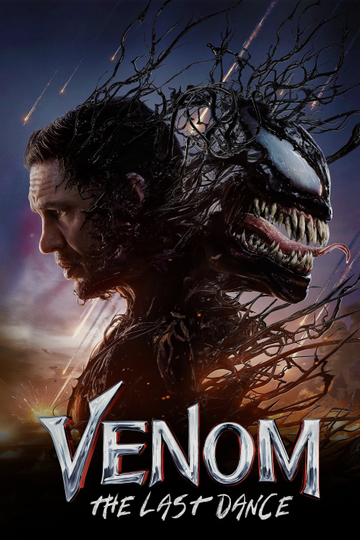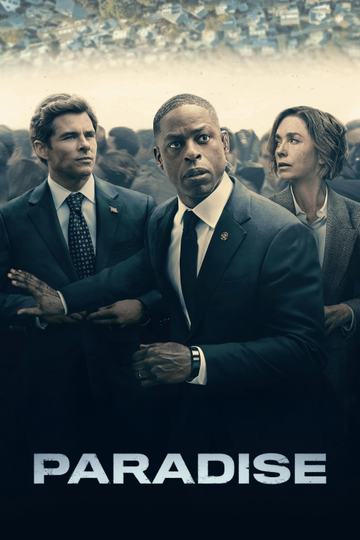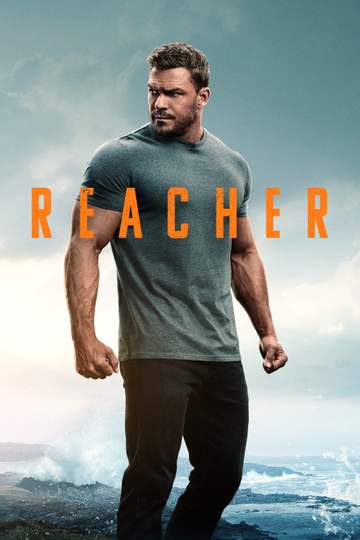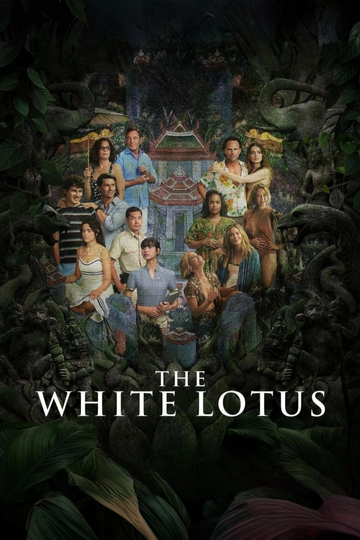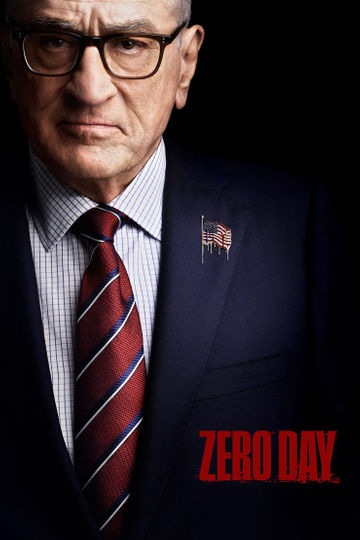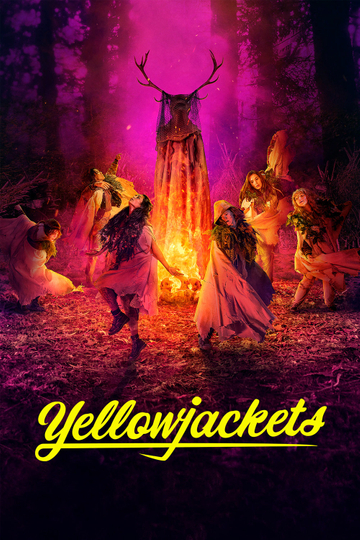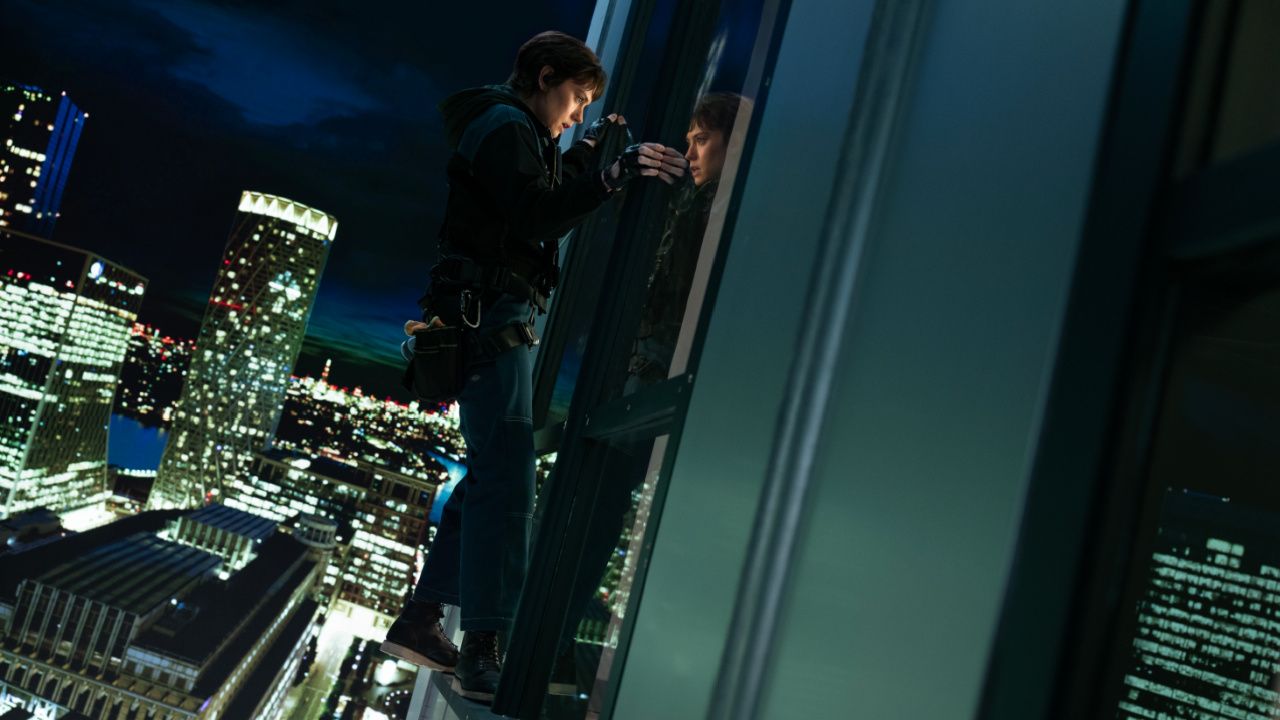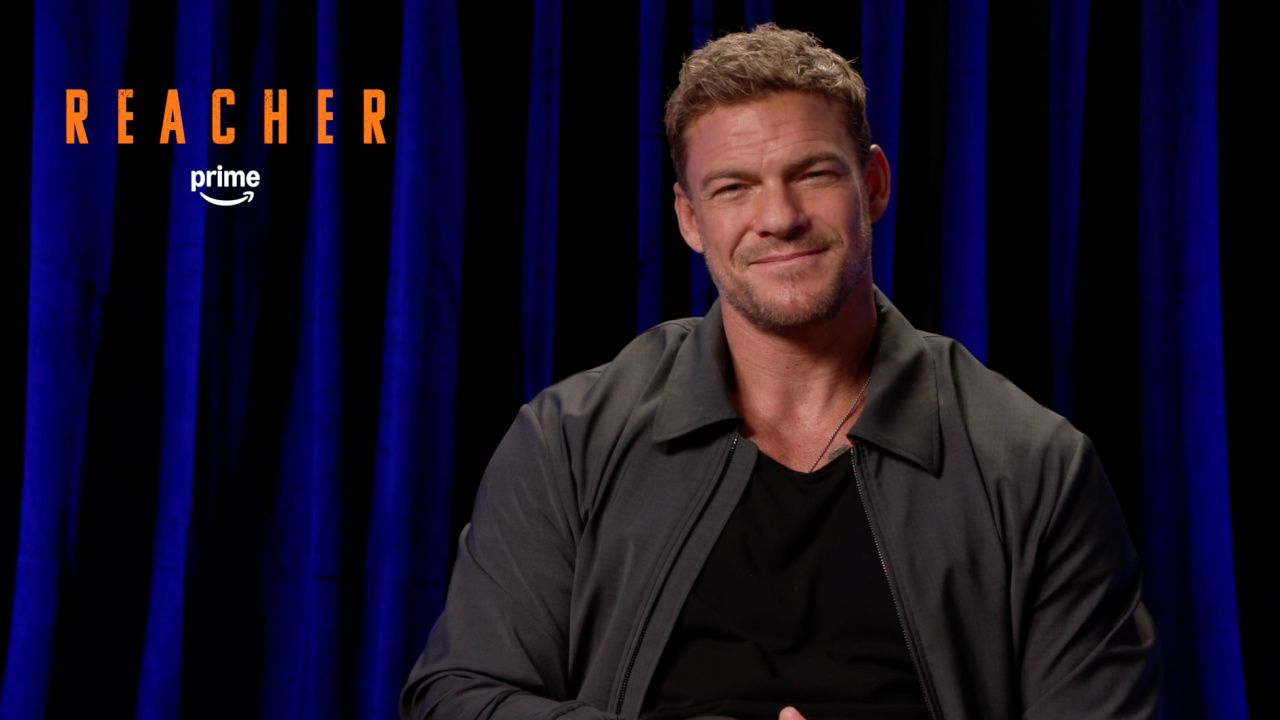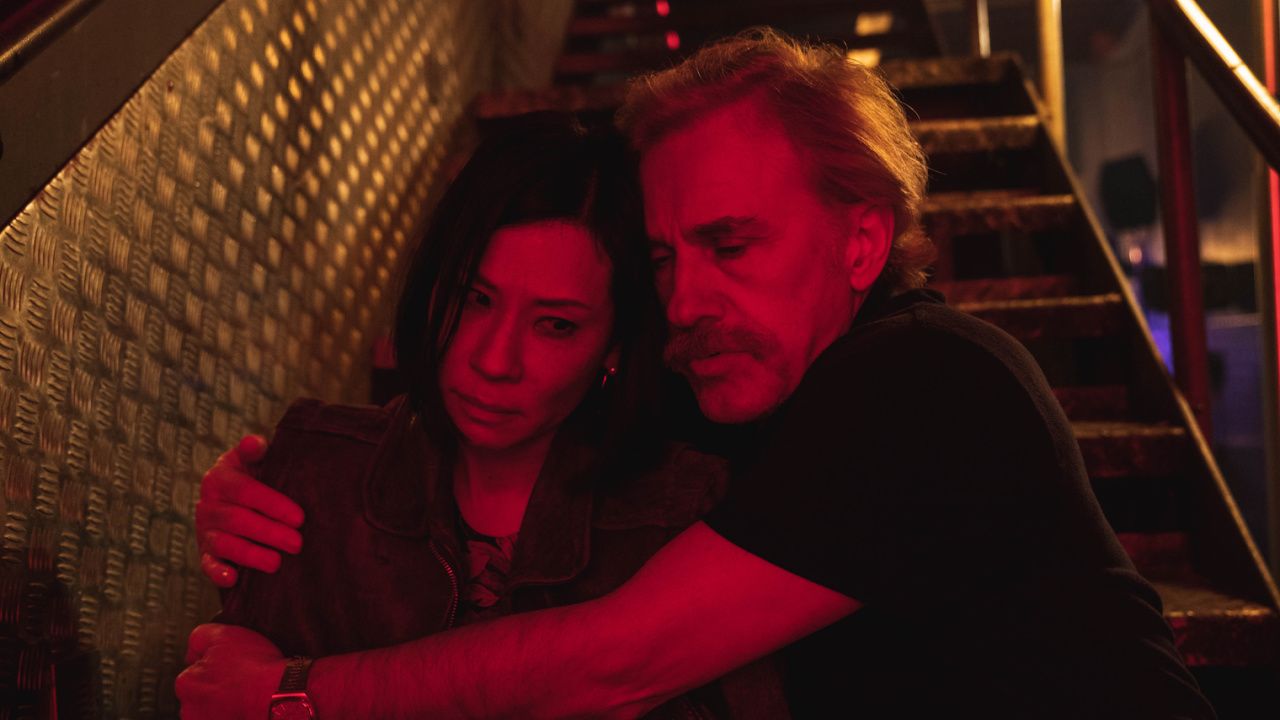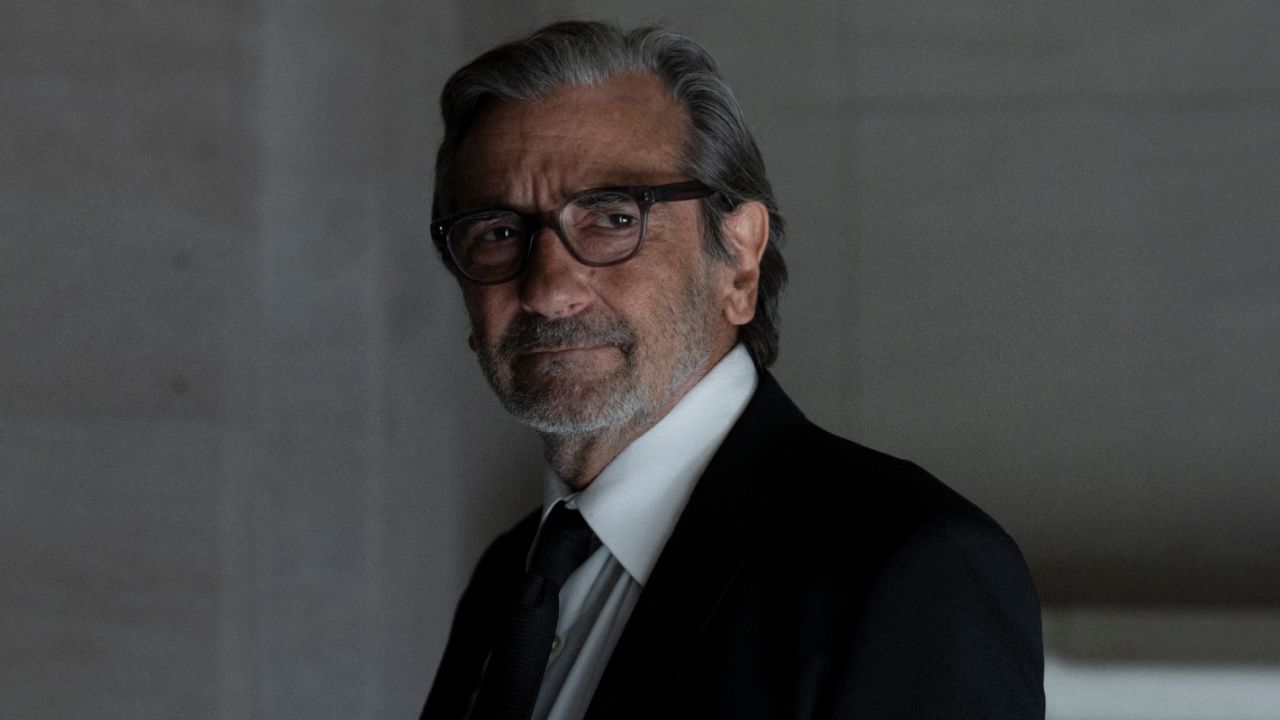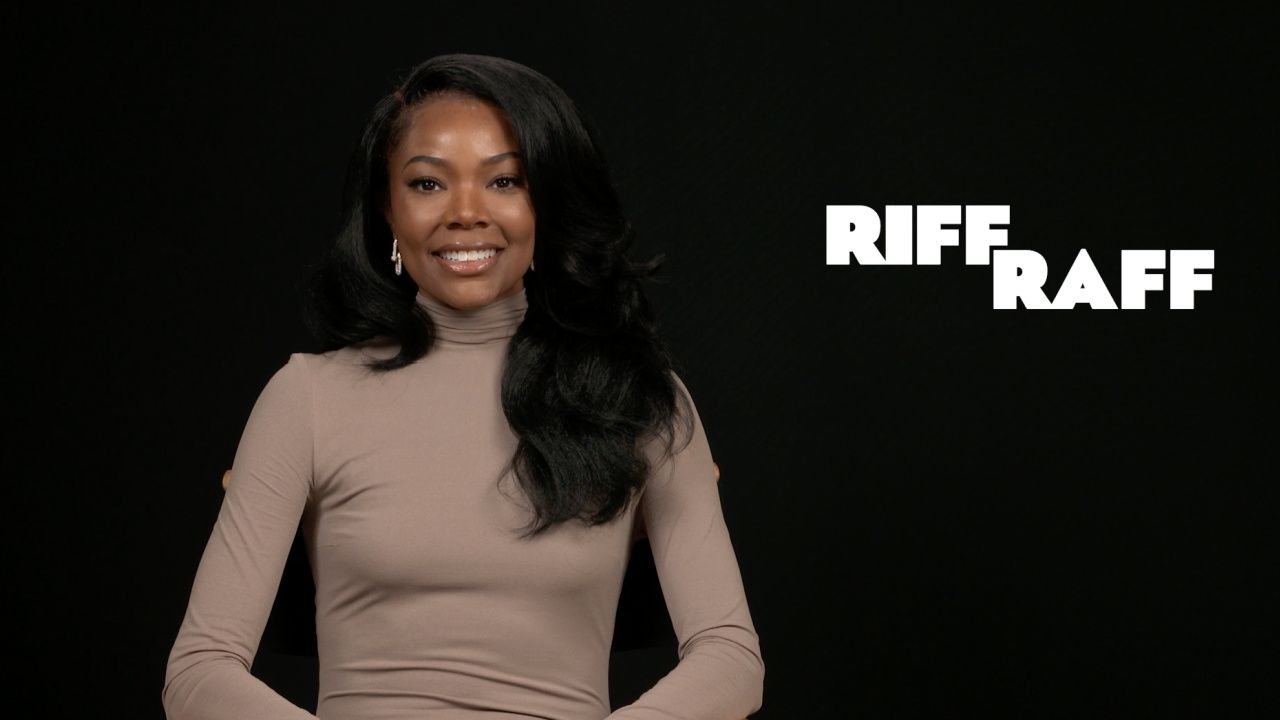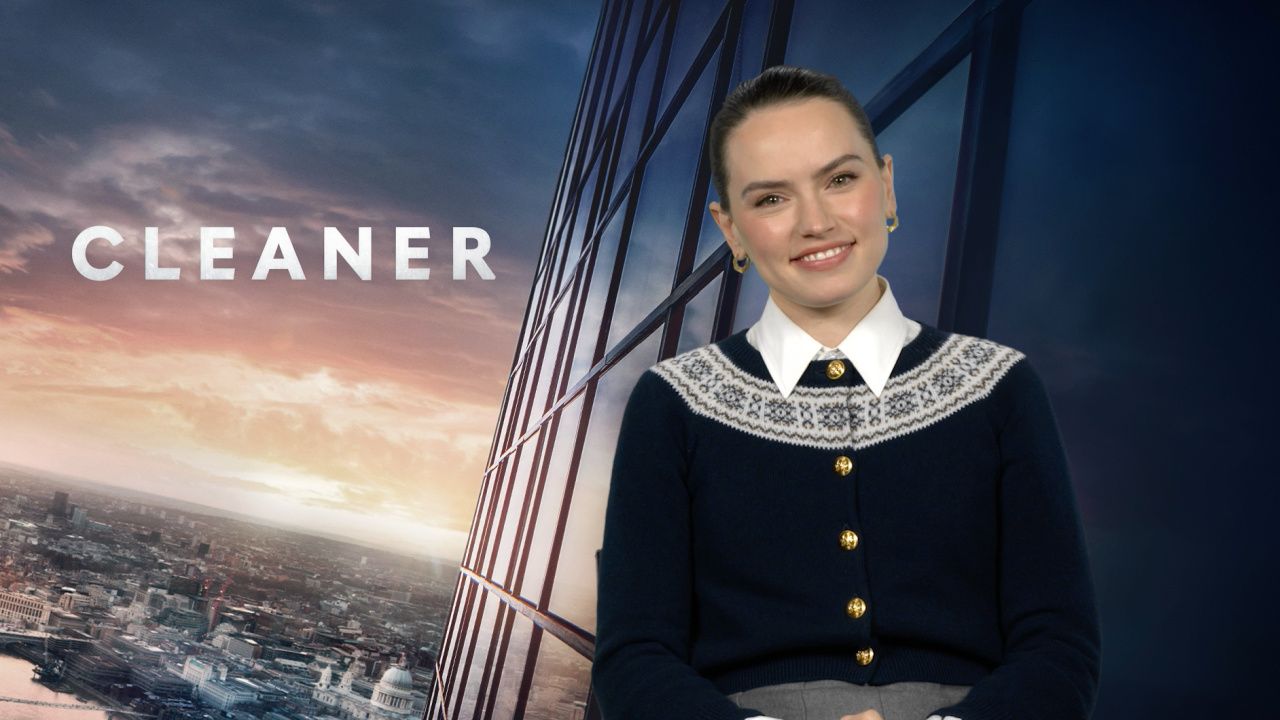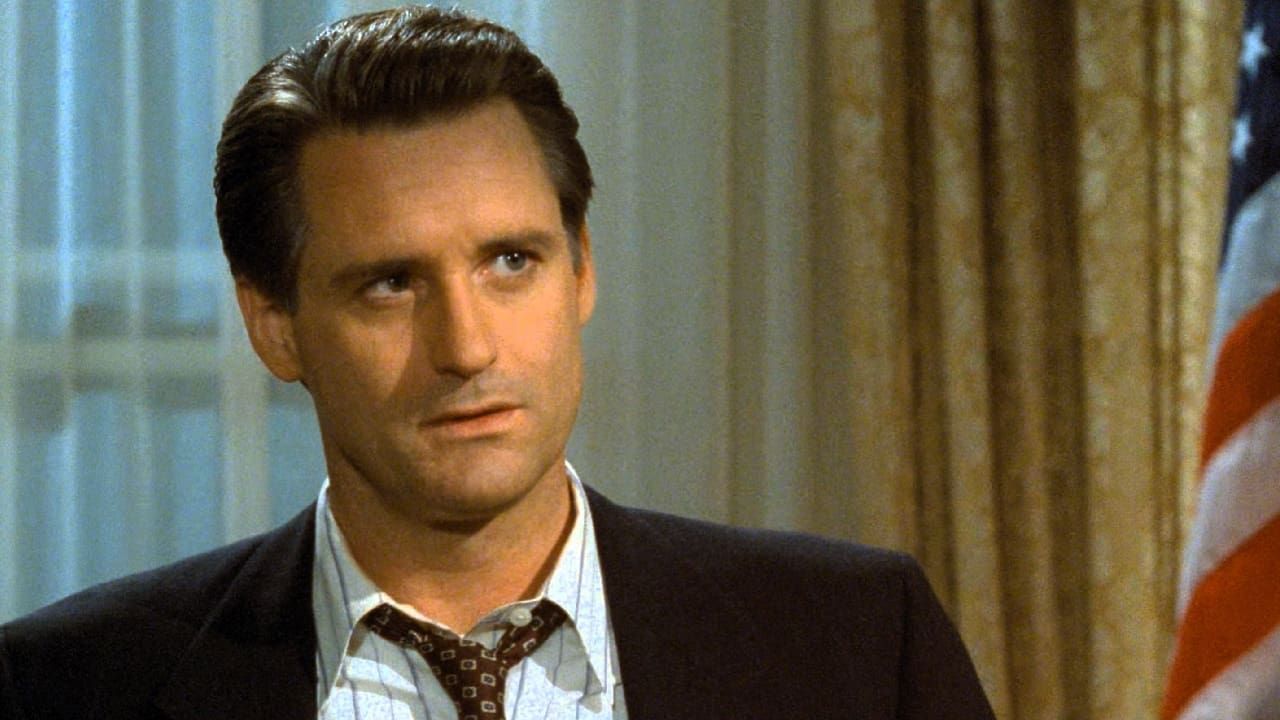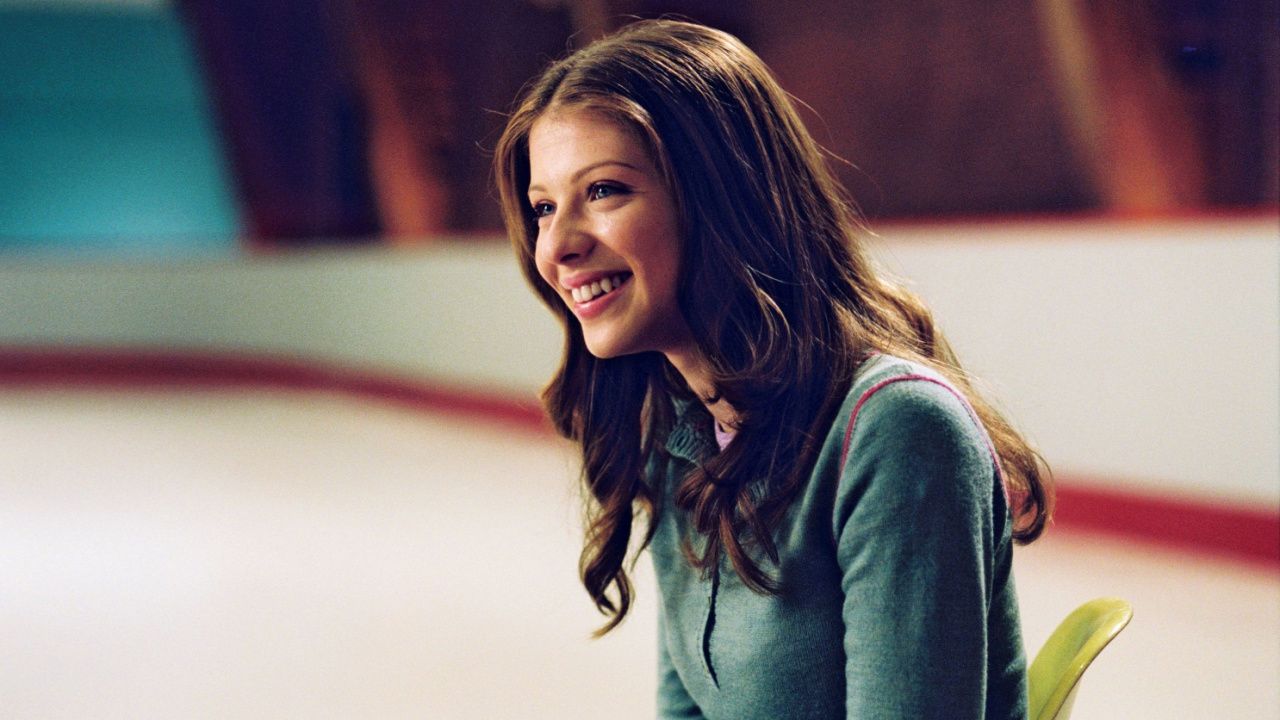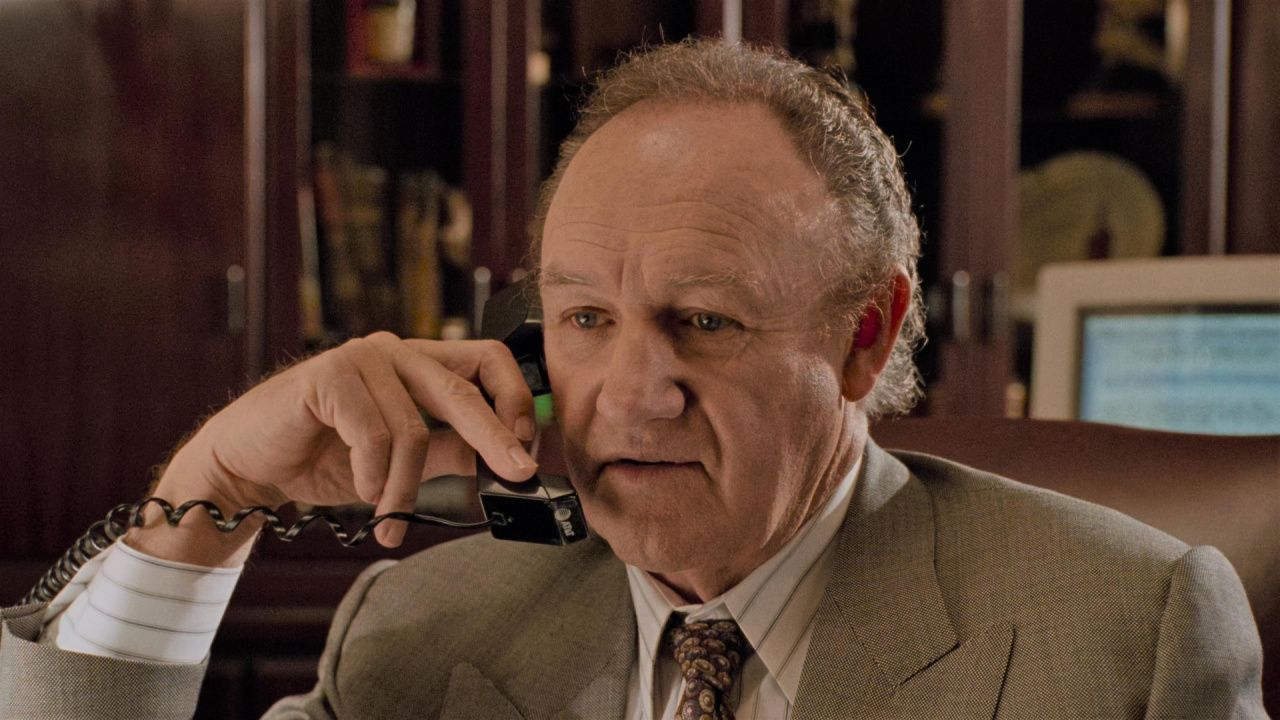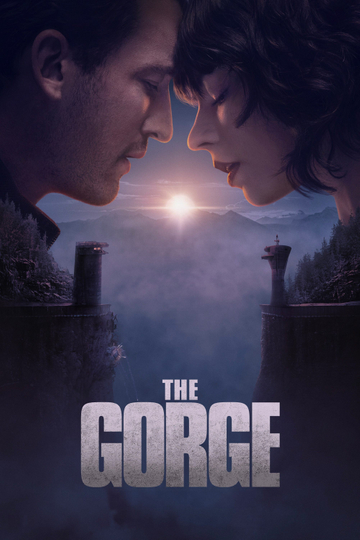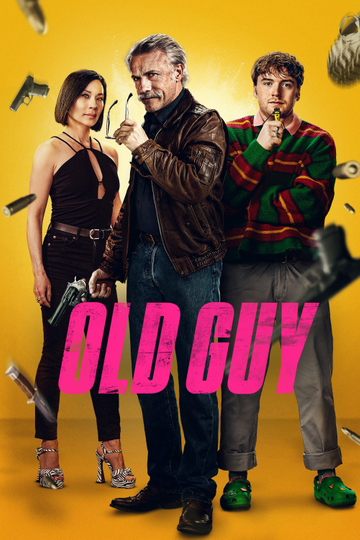10 Things We Learned About Netflix’s ‘Ultraman: Rising’ at ILM Event
Directors Shannon Tindle and John Aoshima on adding their personal experiences into the story. “I always want there's a certain vulnerability I think you have to have as a filmmaker if you're telling a personal story,” said Aoshima.
‘Ultraman: Rising’ is a Netflix animated feature based on Tsuburaya’s ‘Ultraman’ franchise. The story finds baseball sensation Kenji “Ken” Sato as he moves back home to Japan to face the onslaught of Kaiju attacks as Ultraman. Little did he know, he would cross paths with a baby Kaiju and ultimately protect it from the cunning KDF (Kaiju Defense Force).
Related Article: 'Ultraman: Rising' Exclusive Interviews
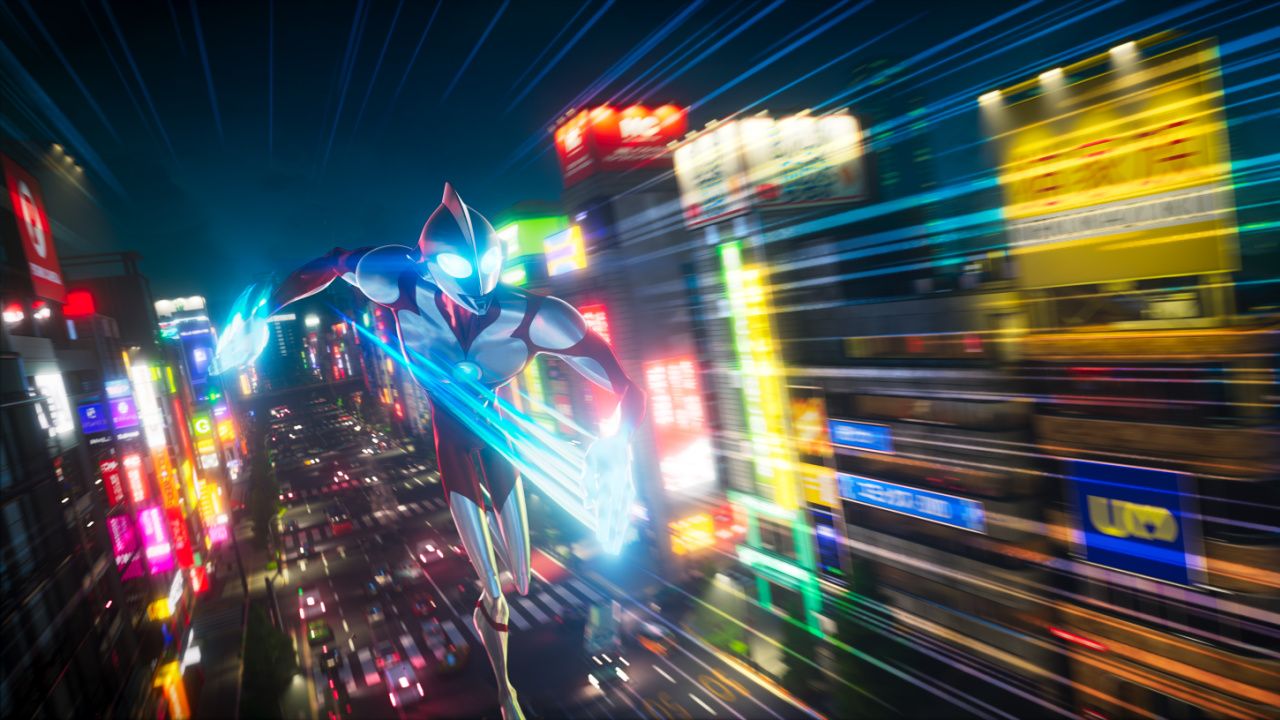
'Ultraman: Rising'. Photo: Netflix © 2024.
To watch our video interviews with the 'Ultraman Rising' filmmakers, please click on the video player above.
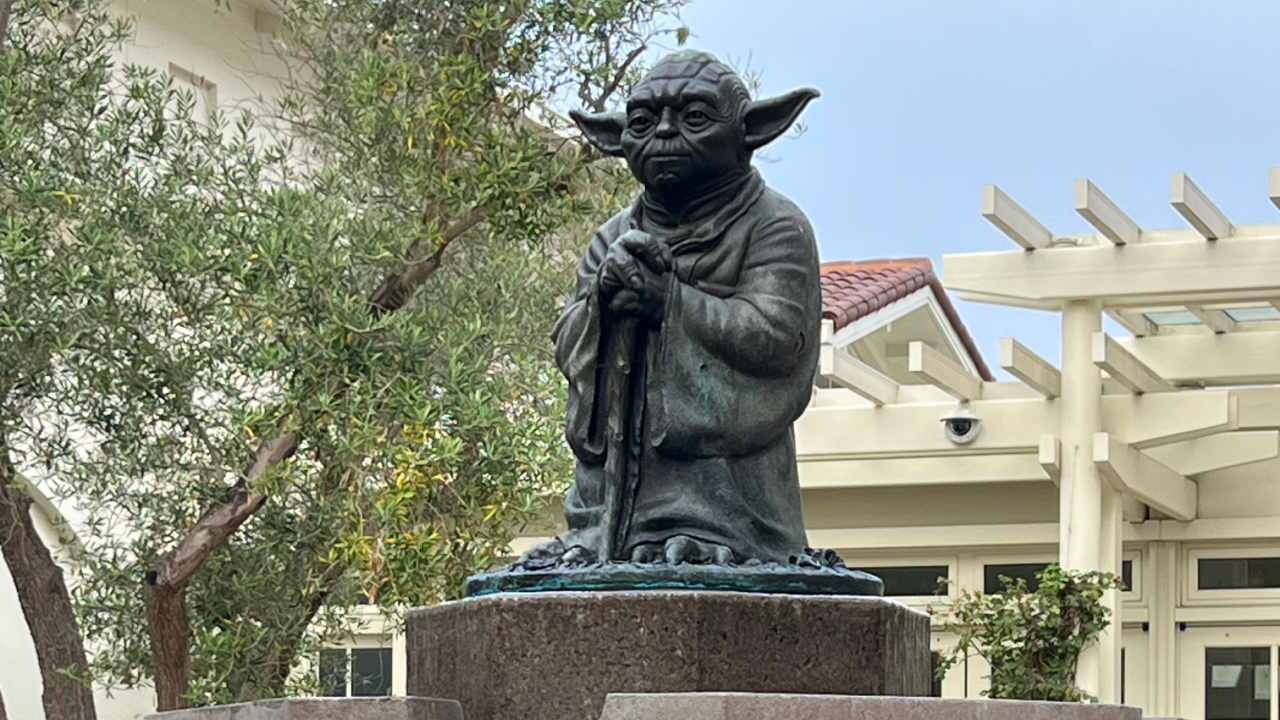
'Ultraman Rising' event at Industrial Light & Magic. Photo: Wendy Lee Szany.
1. ‘Ultraman: Rising’ Was A Project 23 Years In The Making
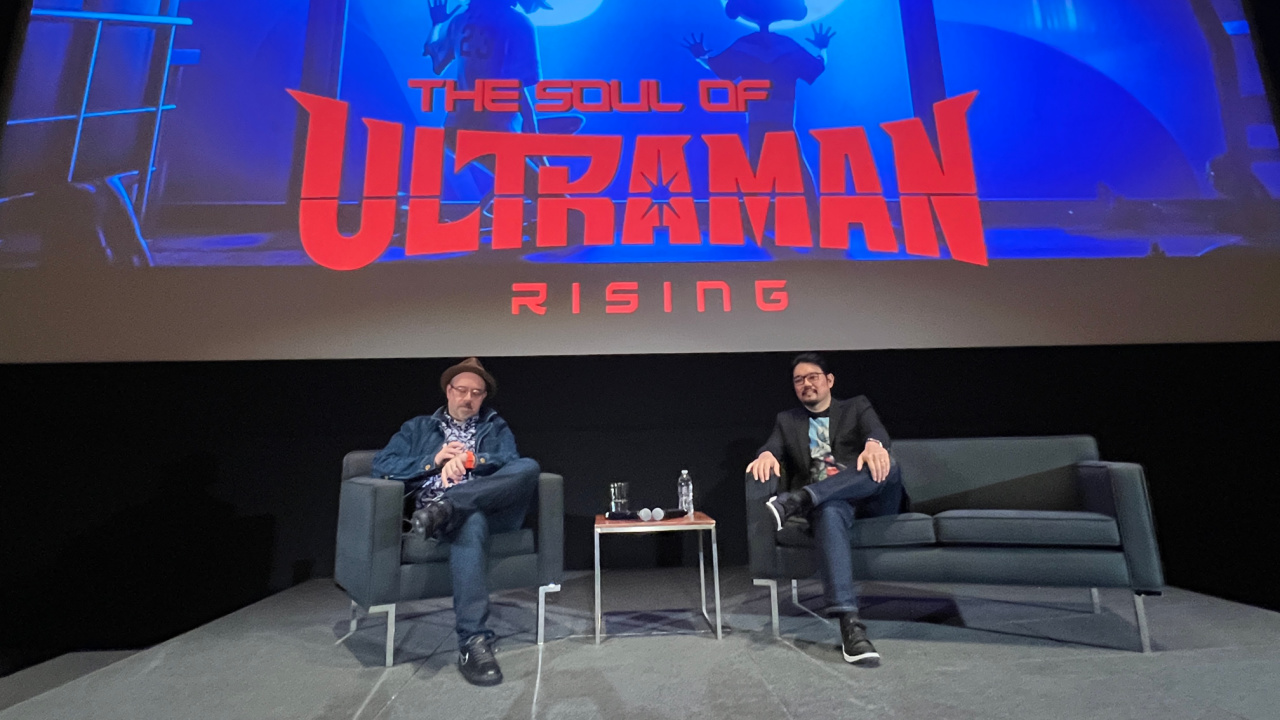
'Ultraman Rising' directors Shannon Tindle and John Aoshima. Photo: Wendy Lee Szany.
Shannon Tindle: I was doing other things at the time. It wasn't like I was constantly trying to hammer and make this home. I was sporadically, you know, it spent some time at some other studios before it landed at Netflix.
2. The Personal Stories That Inspired Ken and Emi’s Relationship
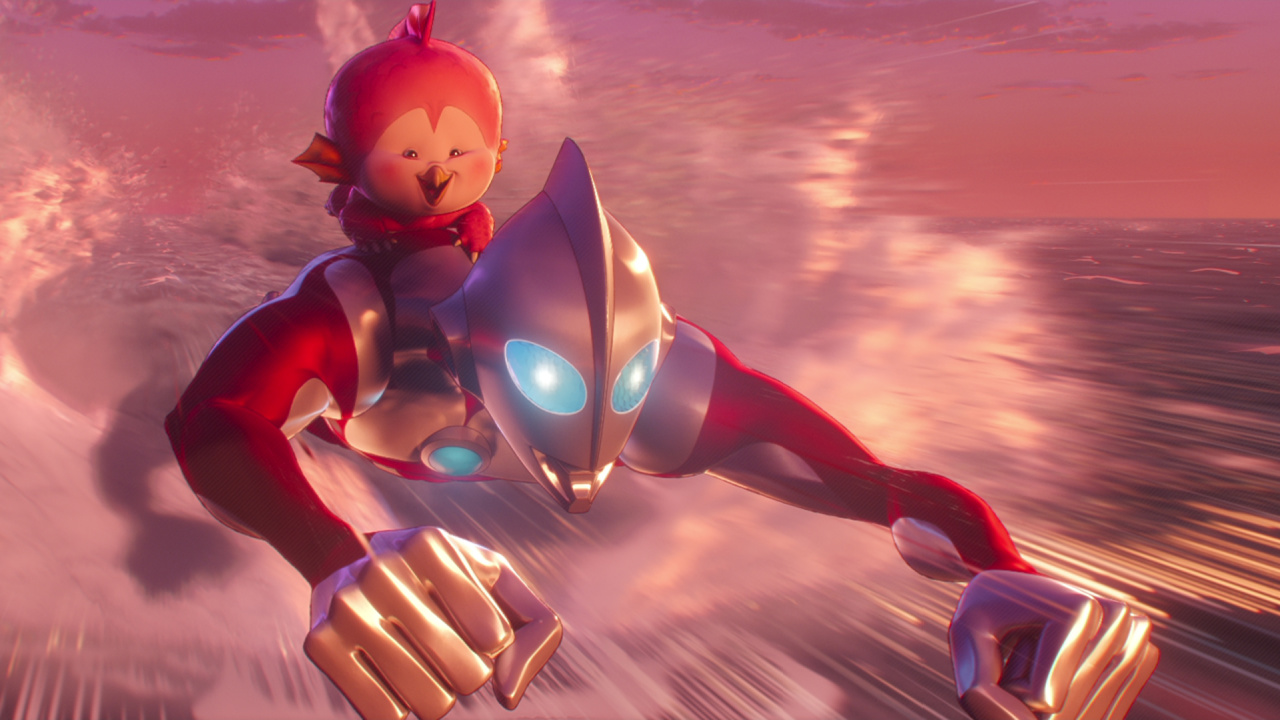
'Ultraman: Rising'. Photo: Netflix © 2024.
Shannon Tindle: When Katie was born, it really changed the perspective on it, what it's like to be a parent, the difficulties and the challenges, challenges of not knowing what you're doing. There are a lot of phone calls with my mom and dad.
Shannon Tindle: These photos were taken within seconds of one another, mad at me, then she's laughing at me, then she's crying and upset. If you have kids, you know what that's like. So that became a big part of this. Again, I want to put this here because it was another one of those educational milestones as I was making the film off my knowledge as a parent was increasing, and then all of those things folded into into movies. I've said this before on other projects I've been involved with films take a long time to make, especially animated films, so I can't make anything that I don't care about.
3. A Song From ‘Dumbo’ Was the Inspiration For Tindle’s Cut of the Teaser
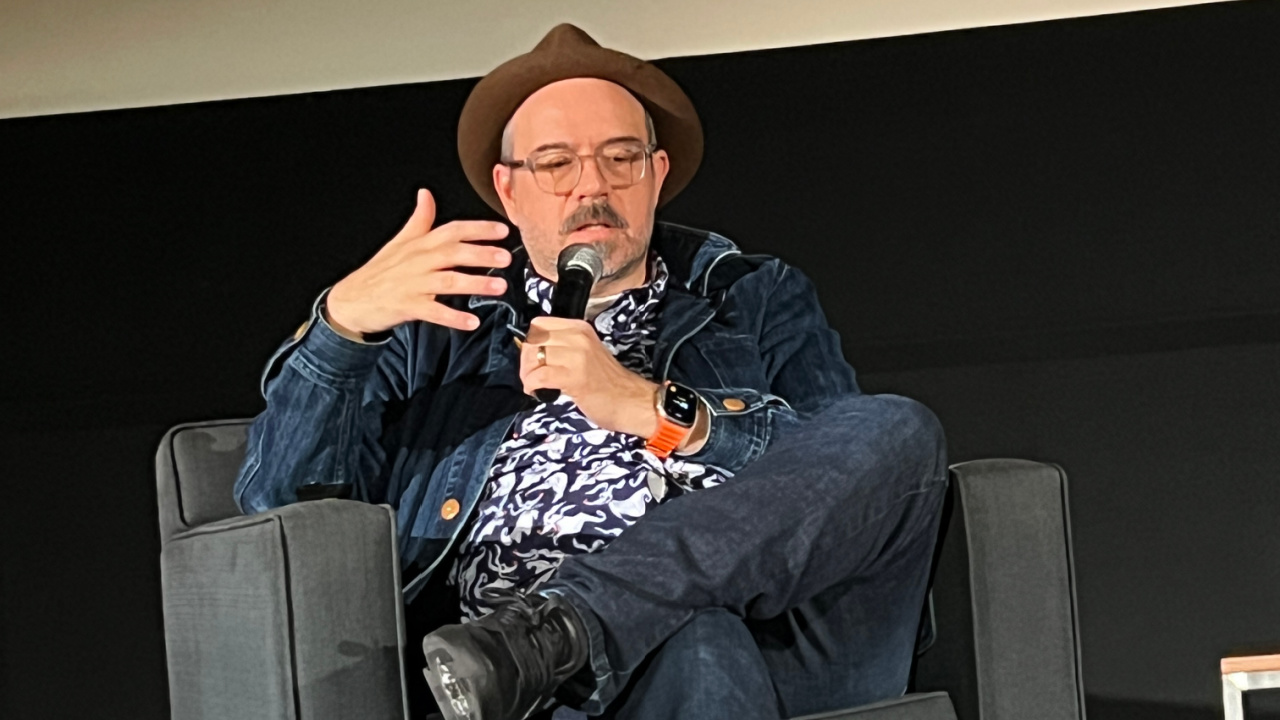
'Ultraman Rising' director Shannon Tindle. Photo: Wendy Lee Szany.
Shannon Tindle: To me, the most iconic song ever written about a parent and their child is “Baby Mine”, from Dumbo, one of my favorite films. So I said, ‘Scott, what if you did “Baby Mine?” But as if Vangelis arranged it.’ and so I showed him the beats, and then we cut the animatic. While we were playing it, I sang over like I timed it. I never knew that, but I was like, I know exactly how I want. Then Scott delivered that beautiful arrangement.
4. The Deeper Meaning Behind the Meeting Between Ami and Ken
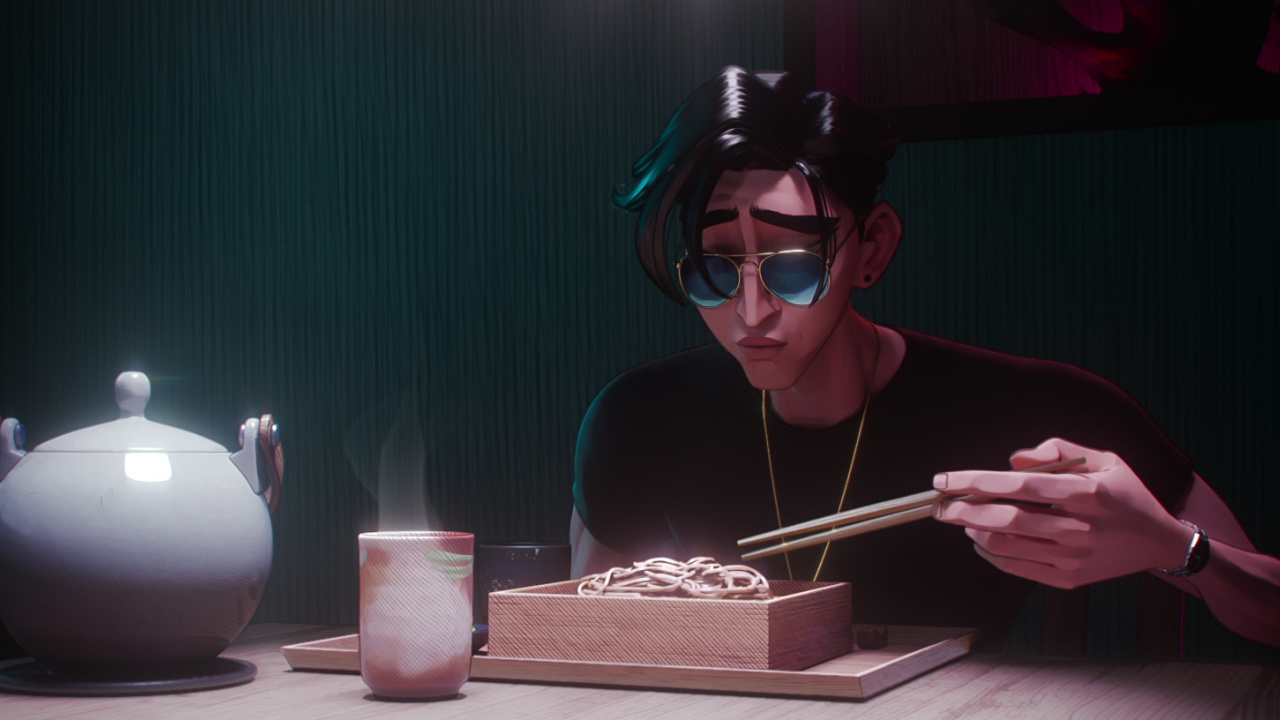
'Ultraman: Rising'. Photo: Netflix © 2024.
John Aoshima: I wanted there to be sparring up top where Ken is trying to keep it about his statistics and his success as a player, but Ami wants to understand him as a person better, and so, they're lobbying back and forth, but that bit where he finally gives her just a little bit.
John Aoshima: It has to do with going through this journey that I went through, of like cultural identity, and when I came to the United States, I had to kind of figure out how to adapt at age eight. My first day of school, my mom made me a bento, beautiful, classic Japanese bento box, and I didn't know anyone, so I was out in the field and eating by myself. A bunch of kids walked by, and they didn't know what I was eating, so they started pointing and made fun of me. I was so embarrassed, and I didn't know what to do, so I ended up throwing the lunch away in the trash.
Shannon Tindle: Let's make it a point where he's doing it to distract her. He's throwing her. He certainly wouldn't do that if his mom were in the room. Again, his mom was in the room, she'd be like, “You dip it in the sauce. You know better.” But he's doing it to kind of throw Ami off her game. So again, it was taking personal experience and turning it into something that helped feel like a little bit more of a volley back and forth.
5. The Beach Cabin In the Movie Was Pulled Directly From John Aoshima’s Grandparents’ Cabin
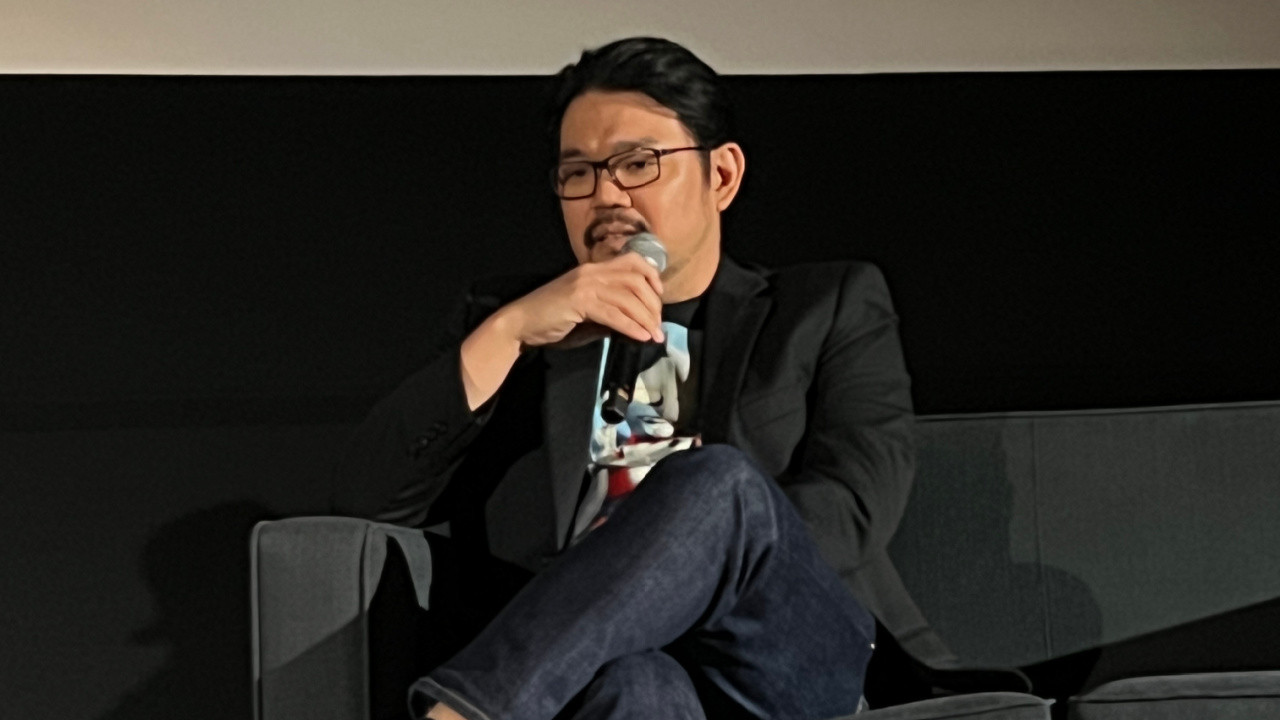
'Ultraman Rising' director John Aoshima. Photo: Wendy Lee Szany.
John Aoshima: My uncle lives there now, and I had him send videos. ILM and our department really absorbed that, and like, everything they could to recreate that whole space. So definitely my family recognizes and loves seeing it in the film.
“In that scene, along with the campfire, they talked about the meaning of Ultraman and, or at least that's the idea that we wanted to hit in that in those two scenes, is like, what is that Ultraman spirit and it's woven in in a way where it highlights, sort of the gift that humans have. Also Sato telling Ken, you know what Ultraman means, it's not about fighting, it's about heart and it's really about what is it that that that's special within us as people. So it was really like infusing that Ultraman element into what's what's been part of the entire theme of like parenthood, father and son."
6. ‘Ultraman: Rising’ Is the First Film on Netflix to be HDR
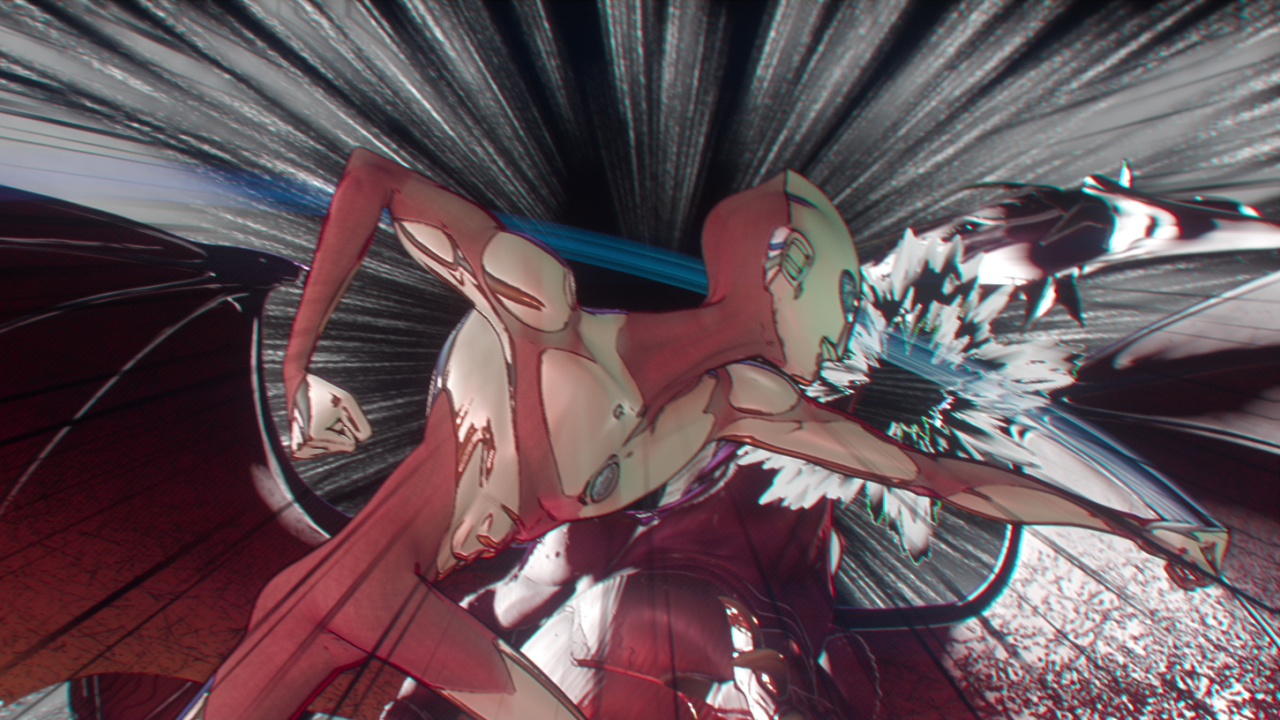
'Ultraman: Rising'. Photo: Netflix © 2024.
Hayden Jones: The version you stream on Netflix, that is the kind of gold standard of color, and HDR not only gives you contrast, it not only gives you super bright highlights and super deep blacks. But what it does is it expands the color palette, and as you've seen through the whole presentation, color is a huge, huge, huge theme in ‘Ultraman: Rising’. So, making sure that all the lighting, all the comp dailies, we were always in sync, we always had two, you know, kind of sessions running, either in London, Vancouver or Singapore and then in Burbank with the directors, but we were all watching it in High Dynamic Range all the time. That's a first. Normally, that's done as a separate pass act of the grade; this was kind of done from its core. It was always HDR from the offset.
7. The Final Spacium Beam
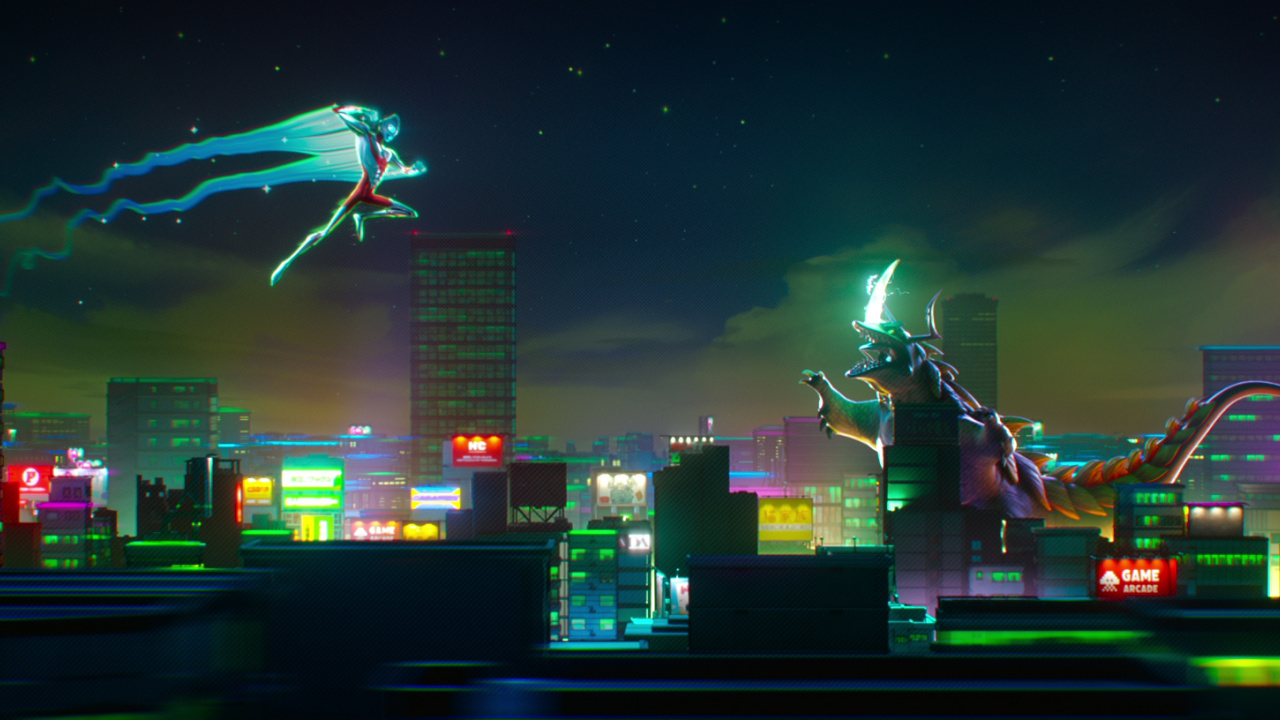
'Ultraman: Rising'. Photo: Netflix © 2024.
Shannon Tindle: In that shot where you drift to reveal, the original shot was at low angle, which is the second shot, that drift around, and this is why I love ILM - is Kim Ooi, who is our animation supervisor of the Singapore team. He said, “Hey, I know you had that long angle, but I have another idea for a shot,” and he had that drift. I was like, done, in the movie, and we’re keeping the low angle.
8. Main Characters’ Musical Themes All Tied Into Each Other
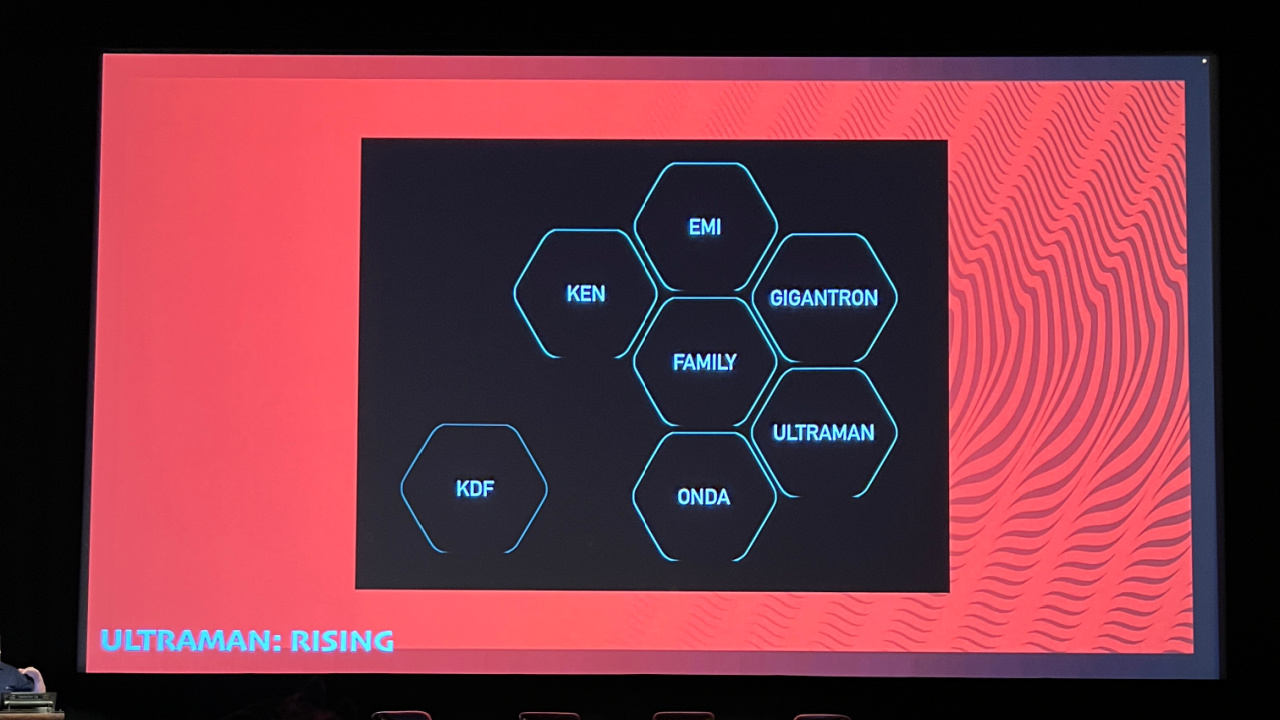
'Ultraman Rising' event at Industrial Light & Magic. Photo: Wendy Lee Szany.
“What if all of the themes actually interconnected in an interesting way to kind of reinforce this idea of family?”
Scot Stafford: Now let's just take, for example, how might the antagonist Dr. Honda, who's one of my favorite characters. How might that relate to the family theme? So you're gonna hear the evolution, you're gonna hear just a little bit of a motif of a family theme, and then you're gonna hear the same thing with one note changed, and that note is changed by the smallest possible amount. I change an E to A flat. Otherwise, it's the exact same theme as the family theme, and then you're gonna hear it's all the harp, then you're gonna hear it played in a slightly different technique.
“It's amazing to me how changing one note by the smallest amount is everything. It's one of the things I love about music and about storytelling, and it just so happens to be changing it from a major key to what's called the “in scale” in Japanese music, and to me, even more importantly, it just kind of takes this really happy theme, elevates it gives it all this gravitas, turns it inward, and makes it more complex, which is what Onda was to me.
9. Difference Voices of the Kaiju
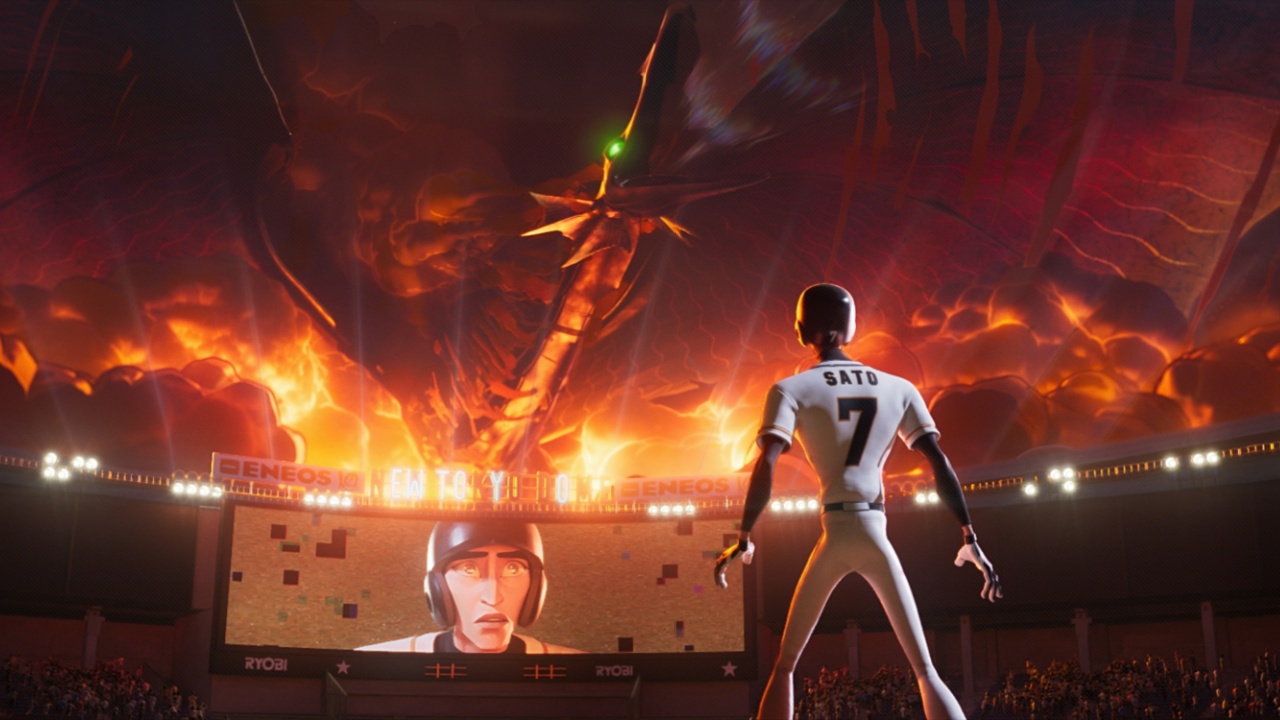
'Ultraman: Rising'. Photo: Netflix © 2024.
Scot Stafford: A lot of that was inspired by the work of the series. We really try to go back and figure out a way to honor all the Kaiju that had been portrayed before. With Gigantron being a new Kaiju, kind of all bets were off.
“Back in the day, they used a lot of sheet metal and dry ice on metal and things like that to create the monster. So we did a nod to that by including that as layers of her roars and screeches. But also incorporated other animals to make her more organic.”
10. Will There Be A Sequel To ‘Ultraman: Rising’?
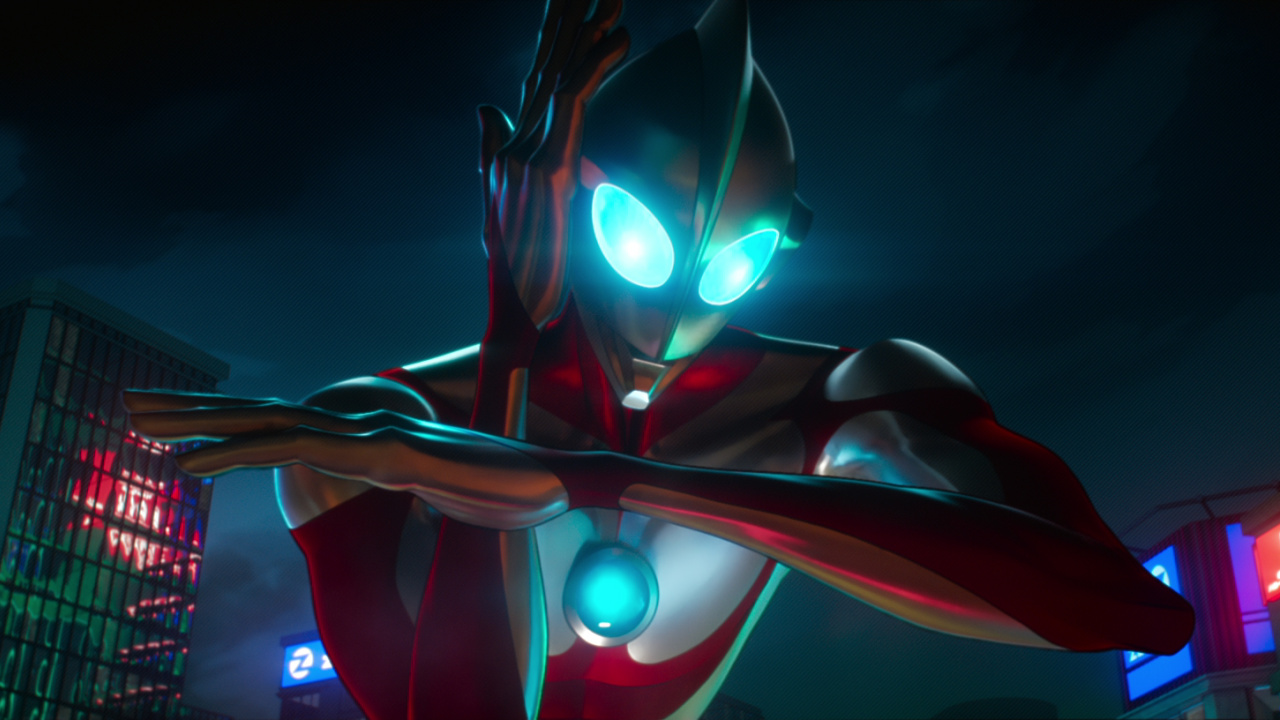
'Ultraman: Rising'. Photo: Netflix © 2024.
“It would explore now Ken being exposed to – he thinks his dad doesn’t understand him being an outsider at all, but his dad is actually not from Earth. So his dad understands better than [Ken] knows. We would explore that - Ken being rooted back to another culture he doesn’t know.”
Shannon Tindle: “Ultraman: Fallen”
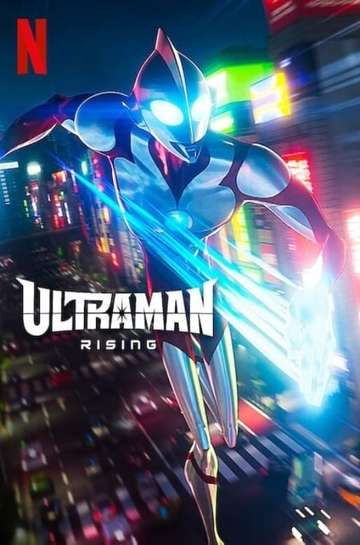
What Is ‘Ultraman: Rising’ about?
Who’s in the cast of ‘Ultraman: Rising’
- Sean Christopher as Ken Sato/Ultraman
- Gedde Watanabe as Professor Sato/Ultradad
- Tamlyn Tomita as Mina/EmikoSato
- Keone Young as Dr. Onda
- Julia Harriman as Ami Wakita
- Karen Muruyama as Ami’s Mother
- Lee Shorten as Captain Aoshima
- Artt Butler as Coach Shimura
- Francis Chau as Ito
- Robert Yasumura as Kubo
- Mila O’Malley as Chiho
- Brittany Ishibashi as Mrs. Onda
- Veronica Lapke as Akiko
- Jonnathan Groff as Ollie
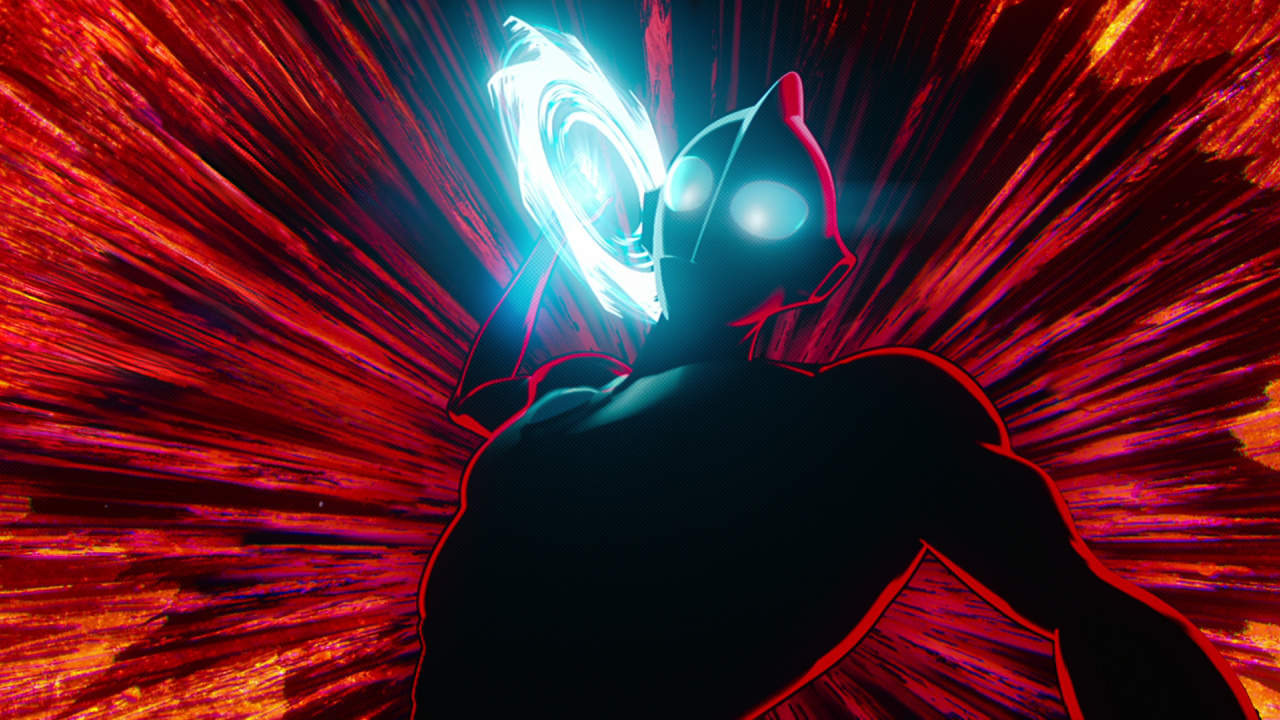
'Ultraman: Rising'. Photo: Netflix © 2024.
Other Movies and TV Shows in the ‘Ultraman’ Franchise:
- ‘Ultraman: Monster Movie Feature' (1967)
- 'Ultraman Zoffy: Ultra Warriors vs. the Giant Monster Army' (1984)
- ‘Ultraman: The Adventure Begins' (1987)
- 'Heisei Ultraseven' (1994 - 2002)
- 'Ultraman Zearth' (1996)
- 'Ultraman: The Next' (2004)
- 'Ultraman Mebius' (2006 - 2007)
- 'Ultraman Retsuden' (2011)
- 'Ultraman X The Movie: Here He Comes! Our Ultraman' (2016)
- 'Ultraman Chronicle D' (2022)
- 'Shin Ultraman' (2023)
Buy 'Ultraman' Movies On Amazon



